Exploring the Harvard Museum of Natural History
Spanning 16 galleries with 12,000 specimens, the Harvard Museum of Natural History is a Boston treasure, and the perfect spot for indoor fun in bad weather.
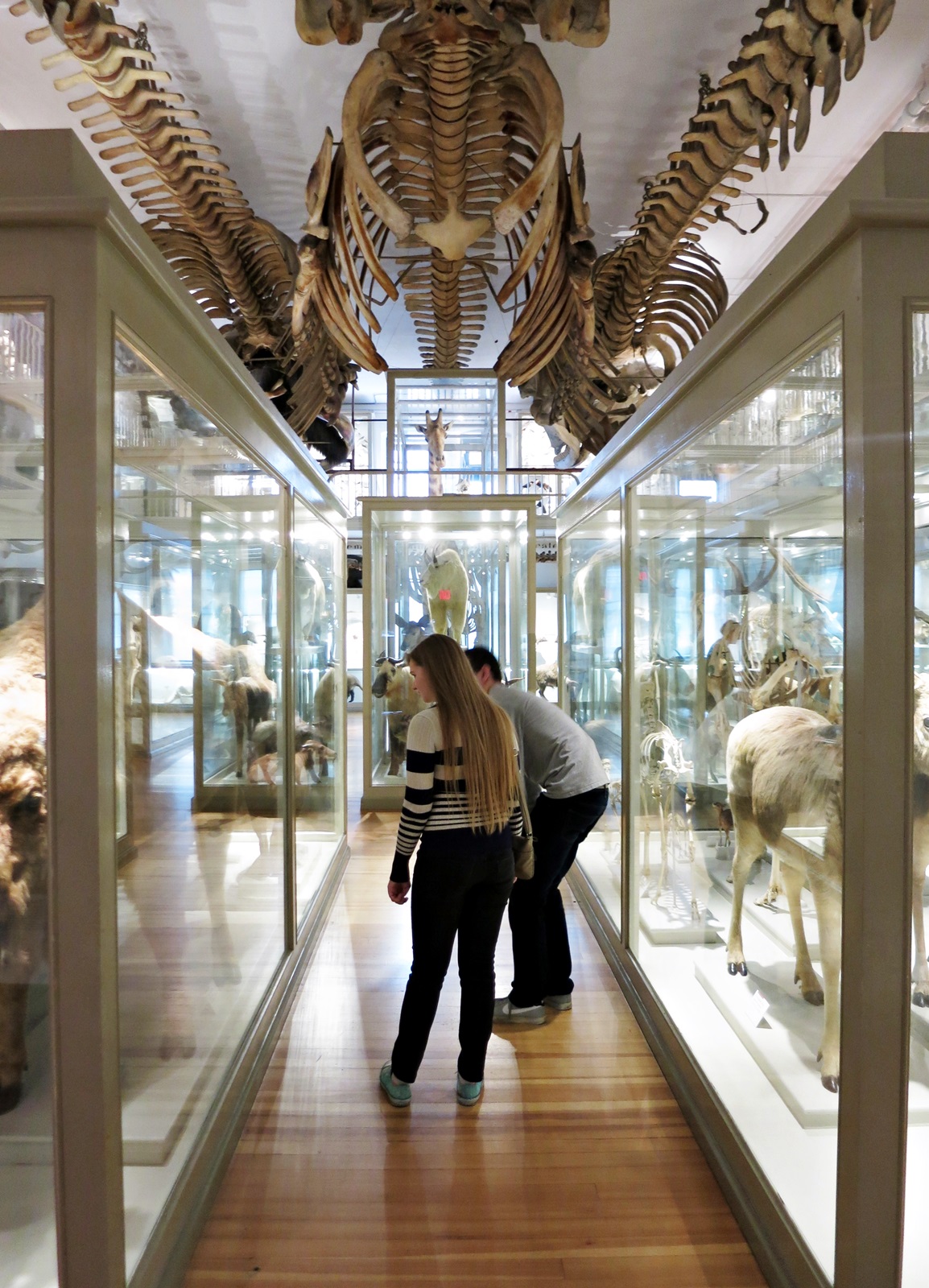
Coffee By Design | Portland, Maine
Photo Credit : Katherine KeenanOne Saturday in March a few years back, my plans to spend the afternoon in Harvard Square included a most unwelcome pair of guests in the form of bitter temperatures and swirling wet snow. Fortunately, the Harvard Museum of Natural History welcomed me with warm, dry arms. Hundreds, maybe thousands, of them, in fact, if you include the specimens.
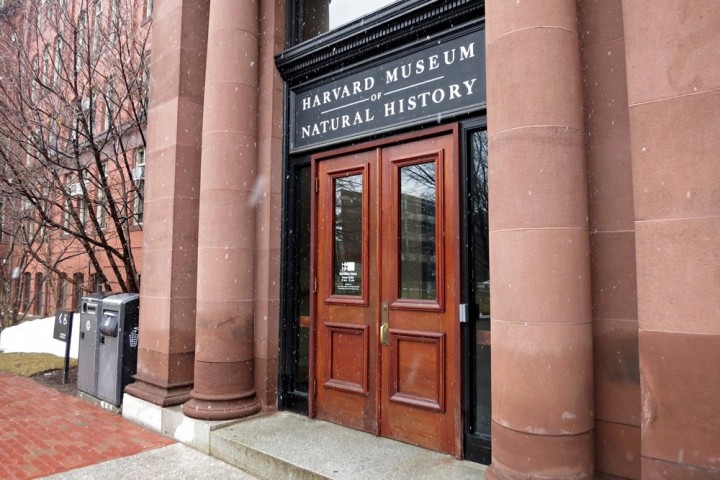
Photo Credit : Aimee Seavey
Located on the Harvard campus in Cambridge, Massachusetts, the Harvard Museum of Natural History was established in 1998 as the public face of three existing research museums: the Harvard University Herbaria (essentially the Harvard botanical collections), the Mineralogical & Geological Museum (the oldest university mineral collection in the country), and the Museum of Comparative Zoology (essentially the Harvard “animal” collection). With more than 200,000 annual visitors, it’s the University’s most-visited museum.
Spanning 16 galleries with 12,000 specimens, the Harvard Museum of Natural History has plenty of colorful, interactive exhibits that are fun for both kids and adults, making it a perfect spot for families, tourists, and anyone in between — especially on a day when the Boston weather is less than ideal.
After browsing the top-notch gift shop, I first toured the Earth and Planetary Sciences room. Inside are row after row of thousands of rare minerals and sparkling gemstones in both rough and cut examples.
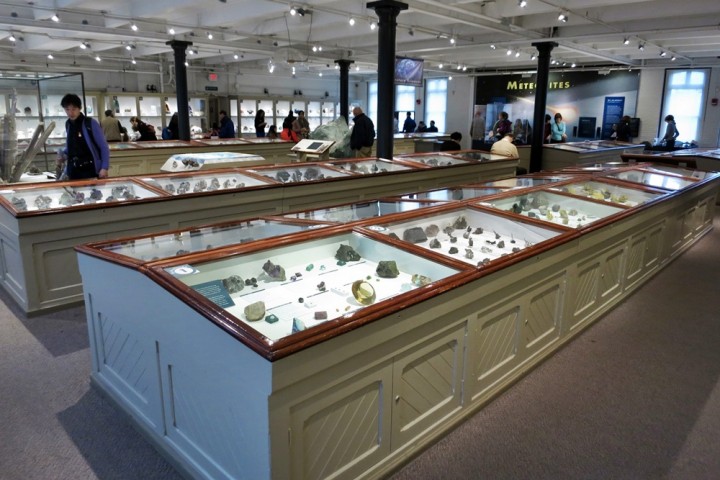
Photo Credit : Aimee Seavey
Just outside the “rock room” is one of the most popular exhibits at the museum — the Ware Collection of Glass Flowers. Made in Germany by naturalists and artists Leopold and Rudolph Blaschka (a father and son team) from 1886 through 1936, the flowers are made entirely of glass, sometimes reinforced with wire support where needed.
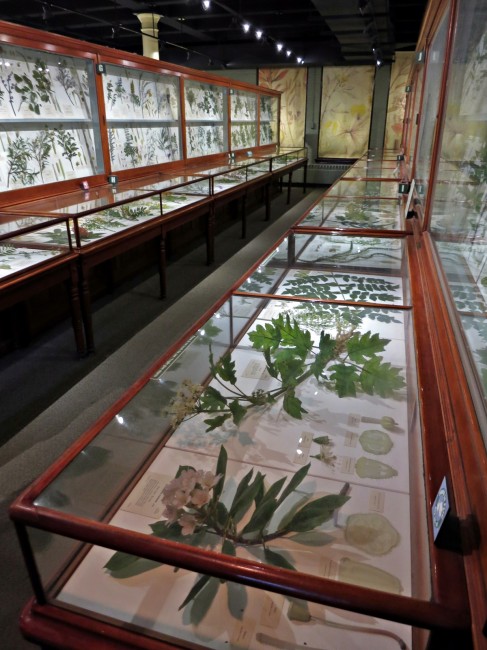
Photo Credit : Aimee Seavey
The detail is incredible. Including more than 800 species in nearly 4,400 models, the meticulously crafted flowers were made to represent the highest quality life-like representatives of the plant kingdom for teaching botany.
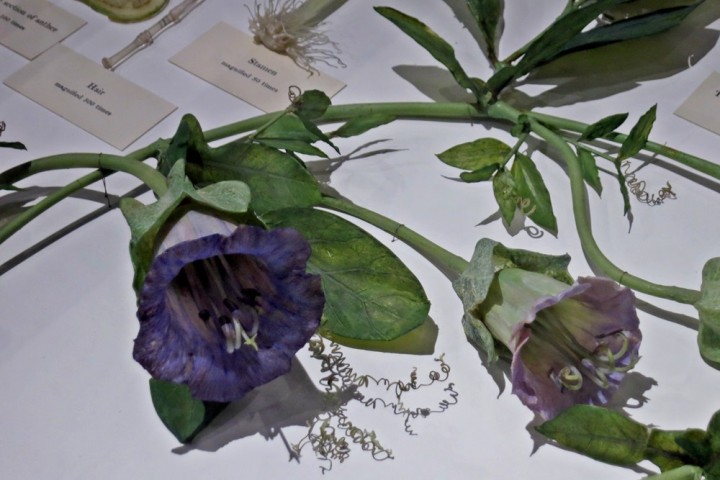
Photo Credit : Aimee Seavey
Next, I strolled through the Evolution room, with its interactive, kid-friendly exhibits.
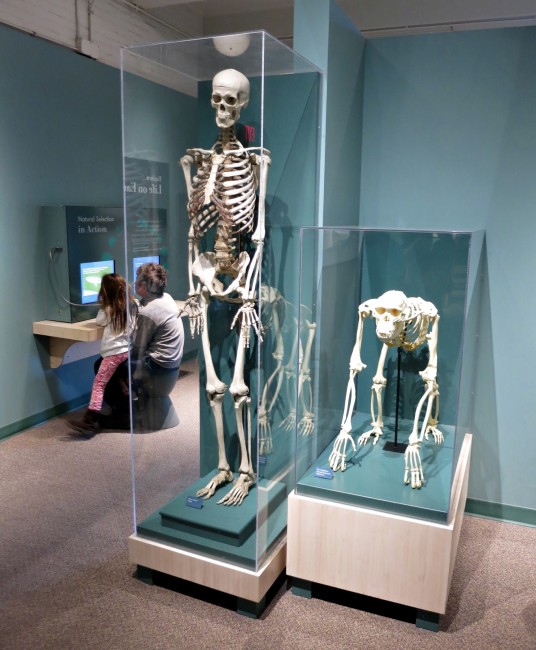
Photo Credit : Aimee Seavey
Then, it was time for bugs and creepy crawlies galore in the Arthropods room. Arthropods represent over 80% of all animal species and have colonized every corner of the planet. Here, you can get up close and personal with spiders, insects, microscopic mites, and even study a live tarantula or cockroach.
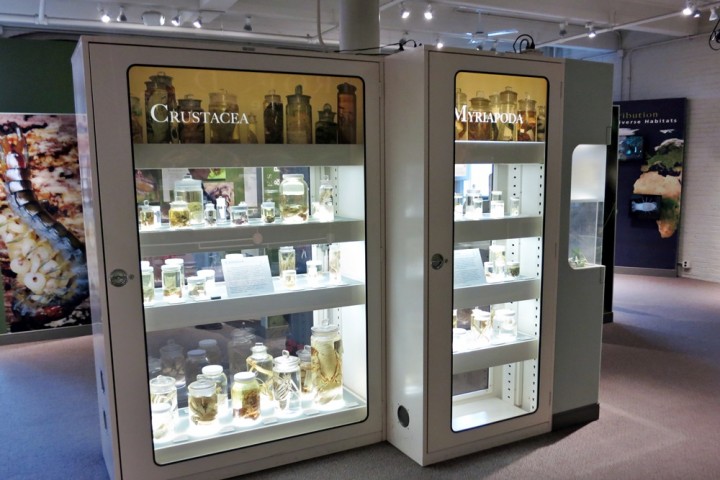
Photo Credit : Aimee Seavey
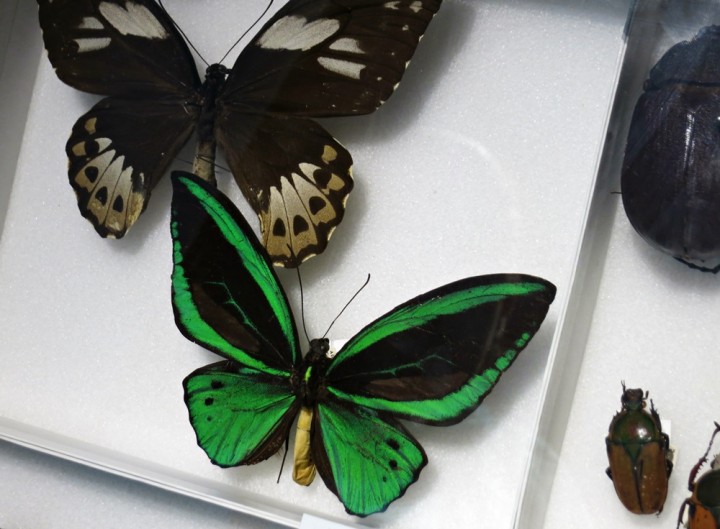
Photo Credit : Aimee Seavey
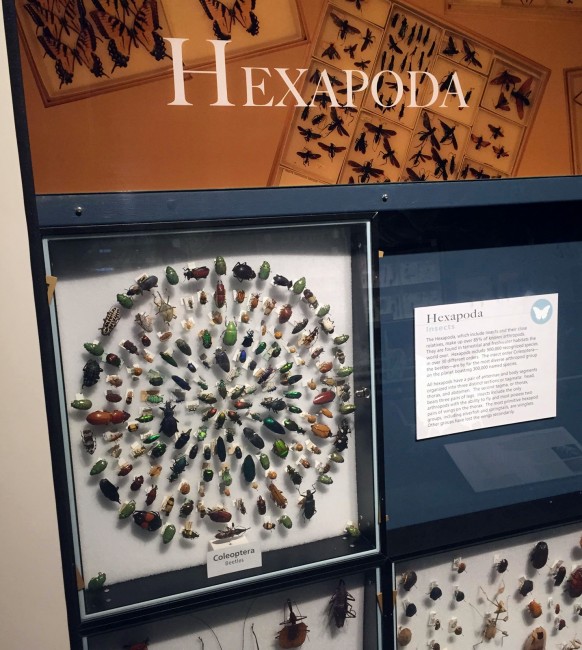
Photo Credit : Aimee Seavey
Sadly, not all of the displays were as beautiful. En route to the fossils, I had a sobering (yet fascinating) pause in front of a small display honoring the passenger pigeon. Flying in great, thick flocks, the passenger pigeon once accounted for more than a quarter of all birds in North America (think about that — ALL birds), but was wiped out for good in the early 20th century. The last one (Martha) died at the Cincinnati Zoo in 1914. The cause of extinction was an unfortunate combination of habitat loss and its role as a readily available and accessible food supply in an era when little to no attention was paid to wildlife conservation. Ironically, it would be the passenger pigeon’s extinction that would set many conservation initiatives in motion.
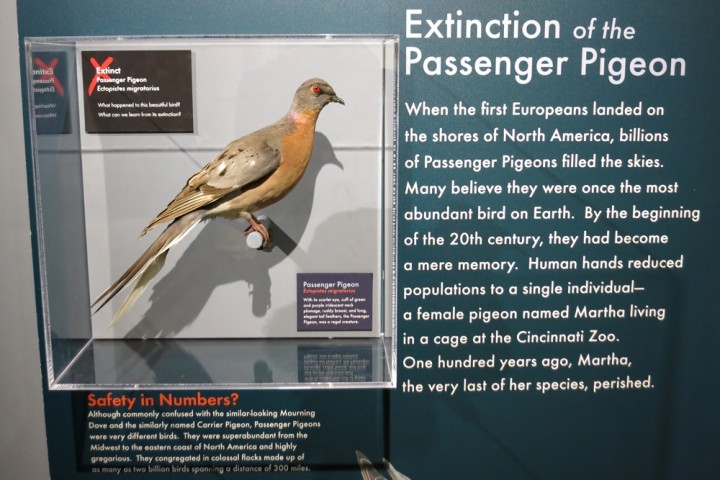
Photo Credit : Aimee Seavey
Moving along, I soon came to the Cenozoic Mammals room, with its skeletons of ungulates, or hoofed mammals. The displays are great, but all of that reflective glass makes for some tricky picture-taking.
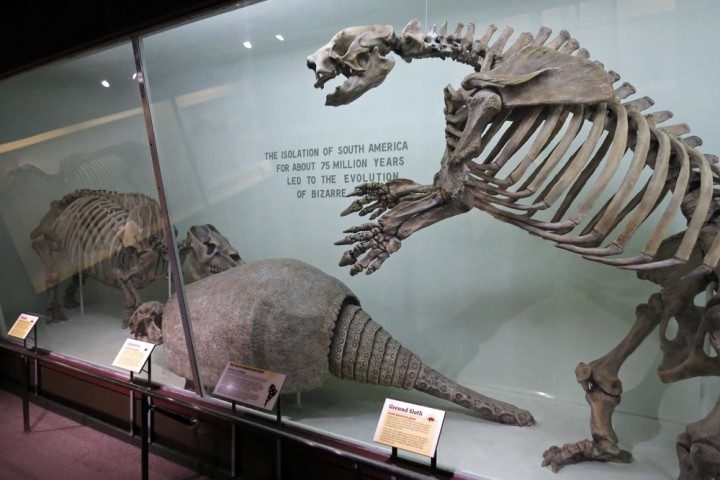
Photo Credit : Aimee Seavey
In the adjoining I saw the evolutionary history of vertebrates, including fishes, dinosaurs (including one of the first Triceratops skulls ever discovered), and diminutive early mammals. You won’t want to miss (nor could you) the Kronosaurus, a meat-eating marine reptile from the early Cretaceous period. This skeleton is by far the most complete specimen (about 60%) ever found. When it was restored for display in the 1930s, the real bones were encased in plaster and fake plaster bones added where fossil material was missing. Unfortunately, today many experts consider the Harvard Kronosaurus to have a few extra vertebrae, earning it the nickname “Plasterosaurus.” Still, a bit too large or not, it’s a wonder to behold.
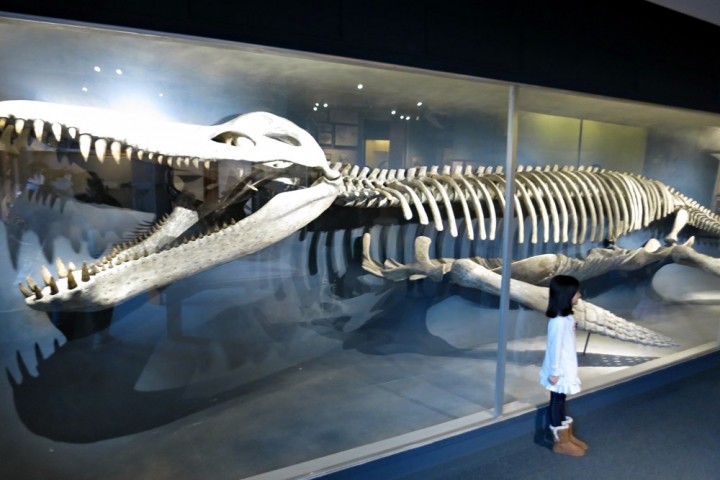
Photo Credit : Aimee Seavey
Moving on, I admired the Mollusks room, dedicated to the snails, clams, squid, and other invertebrates that make up almost a quarter of all known marine species. On a cold March day, I can tell you that there’s nothing nicer than a beautiful collection of seashells to remind you of the coming summer sun. Here, you’ll also find a few more lovely examples of the Blaschka’s expert glasswork in marine form, from jellyfish and anemones to octopus and sea slugs.
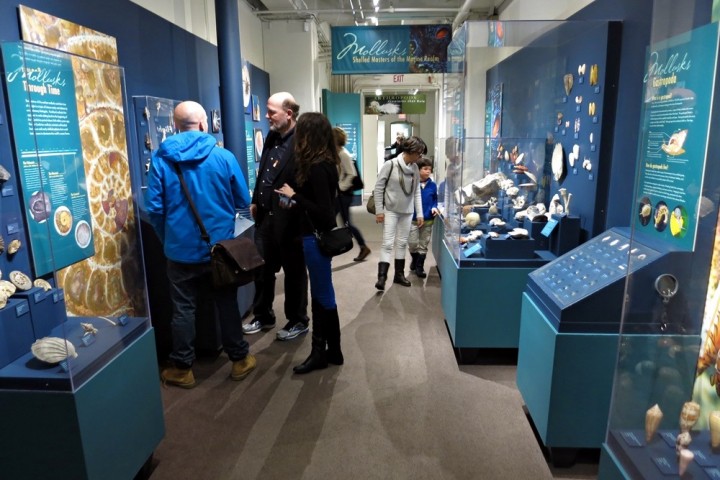
Photo Credit : Aimee Seavey
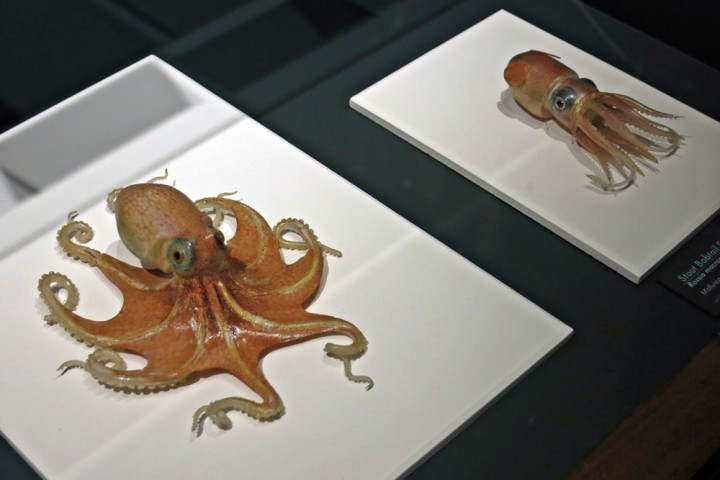
Photo Credit : Aimee Seavey
After a quick stroll through the crowded room devoted to specimens of Africa (hello, menacing hyena and hulking gorilla), I made my way to the spacious New England Forests room. Here, there were plenty of (albeit deceased) familiar New England friends, including the mighty moose, striped skunk, and tiny chipmunk. Inside, you can also hear the sounds of a New England forest, from the croaking frog to the woodpecker.
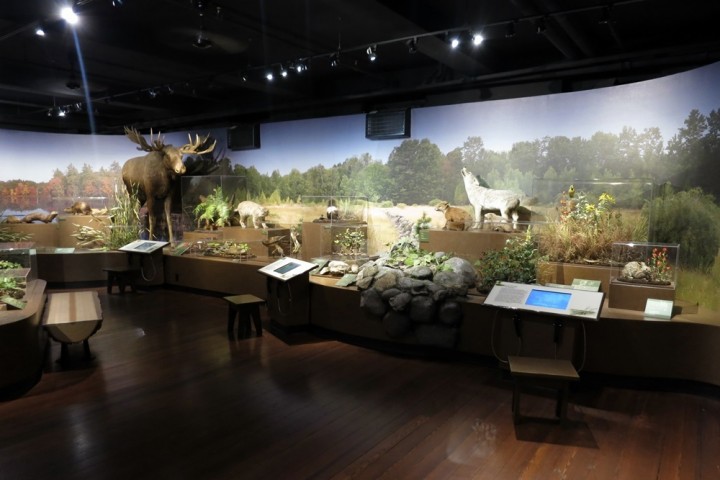
Photo Credit : Aimee Seavey
The final stop on the tour was the dazzling Great Mammal Hall — . Inside, lit glass corridors house even more amazing animal specimens from the museum’s historic collection. I soon started to realize that, in addition to looking at taxidermied animals, I was also admiring actual antiques. Some of my favorites were the giraffe, harp seal, raccoon, and kangaroo.
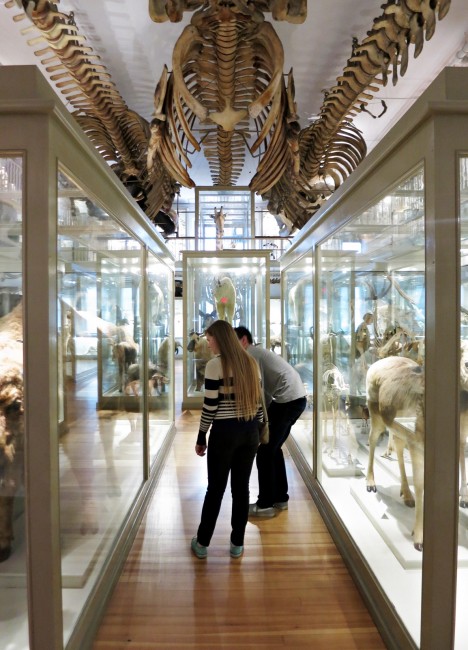
Photo Credit : Aimee Tucker
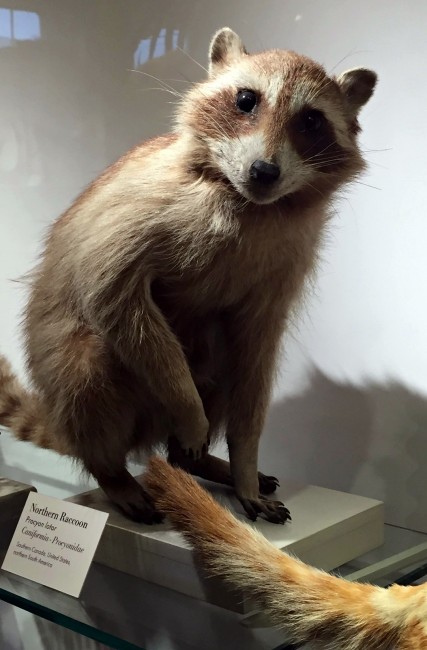
Photo Credit : Aimee Seavey
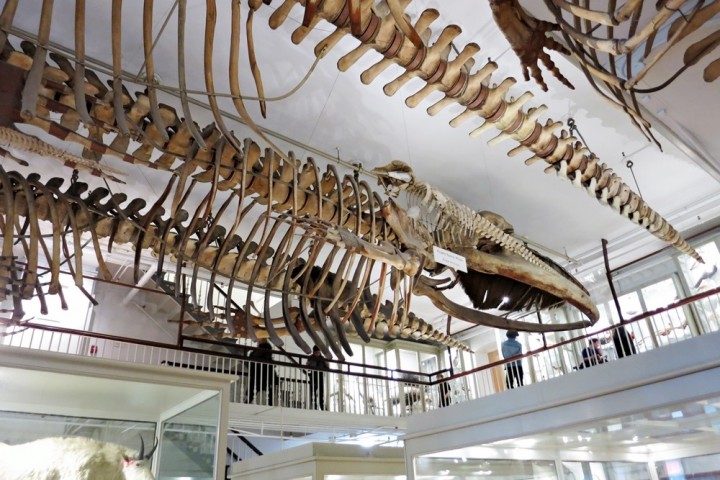
Photo Credit : Aimee Seavey
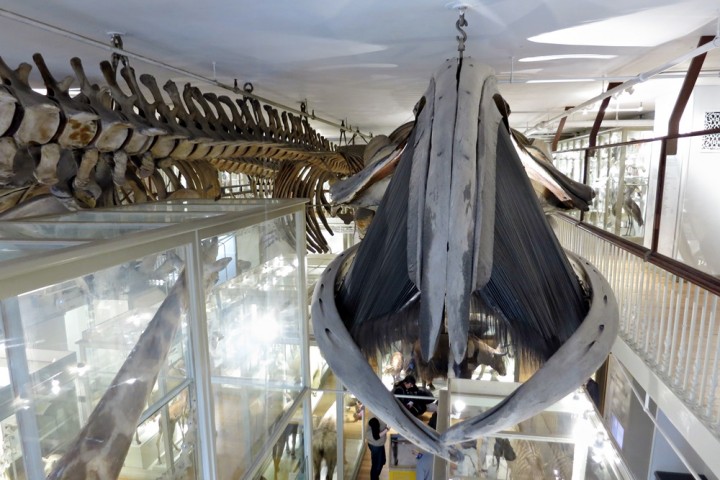
Photo Credit : Aimee Seavey
The birds upstairs are pretty interesting, too. The gallery represents over 200 different bird families! It’s a lovely end to a fun and informative visit.
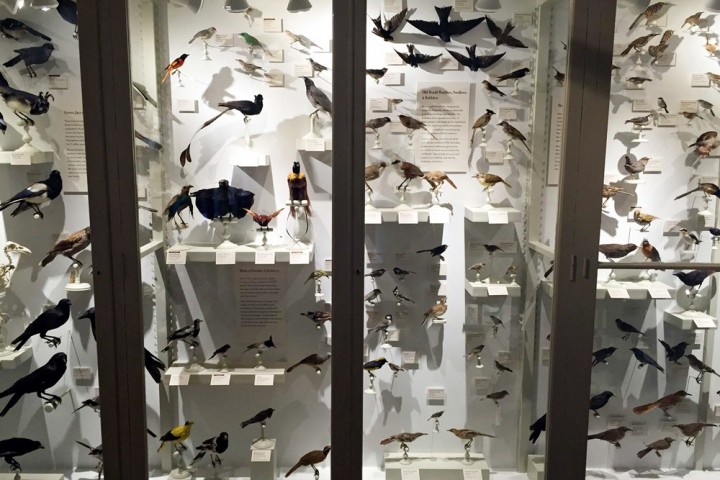
Photo Credit : Aimee Seavey
After leaving the museum, I had hopes that the weather had improved enough to do some strolling and shopping…but alas, it was not to be. Brrr.
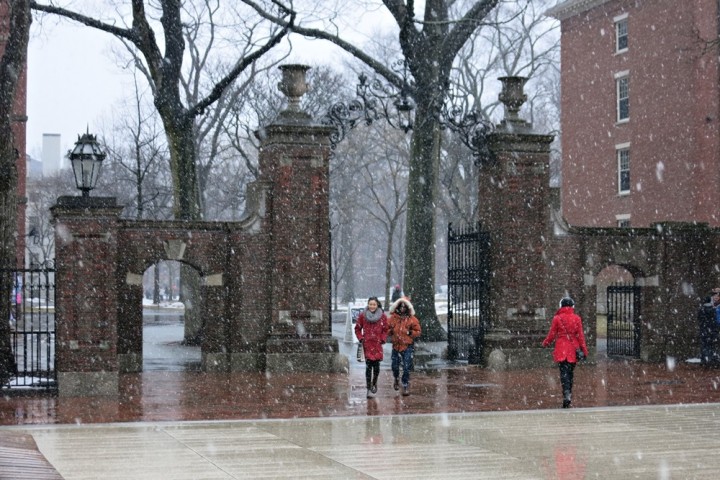
Photo Credit : Aimee Seavey
Fortunately, thanks to the Harvard Museum of Natural History, it was still a day in Harvard Square well spent.
Have you ever been to the Harvard Museum of Natural History?
This post was first published in 2016 and has been updated.





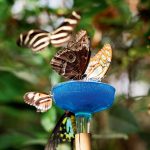
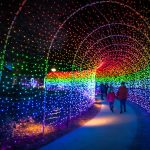
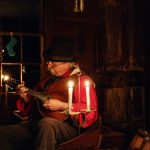
Great article. My family loves this museum, and the newly renovated Glass Flowers gallery allows you to see the glass models so much better. The huge tank in Marine Life in the Putnam Family Gallery showcases dozens of creatures found in Gulf of Maine waters.
I went years ago.. to see the glass flowers which are unbelievable ! but I love crystals s and rocks so that part was my favorite
The Harvard Museums are one of my favorite places to bring visitors to. It’s amazing. Additionally there is also an Island people display of 2 floors. But the glass flowers are my favorite display.
My mother took us there many times. The glass flowers were our favorite display, and there was also the largest sheet of mica and/or the mica that was shaped like the United States. My grandfather owned a mica mine and invented uses for mica. I doubt it is still there, but my Mom was always very proud of her father’s accomplishments. She was a Girl Scout leader who took advantage of many interesting places in Boston and Cambridge The Maparium at the Christian Science Bldg. was another wonderful place to visit.
HMSC online is superb.
Family eNews offers some of the most engaging educational experiences and activities for children including a superb story time. During this past year it has been a treasured experience.